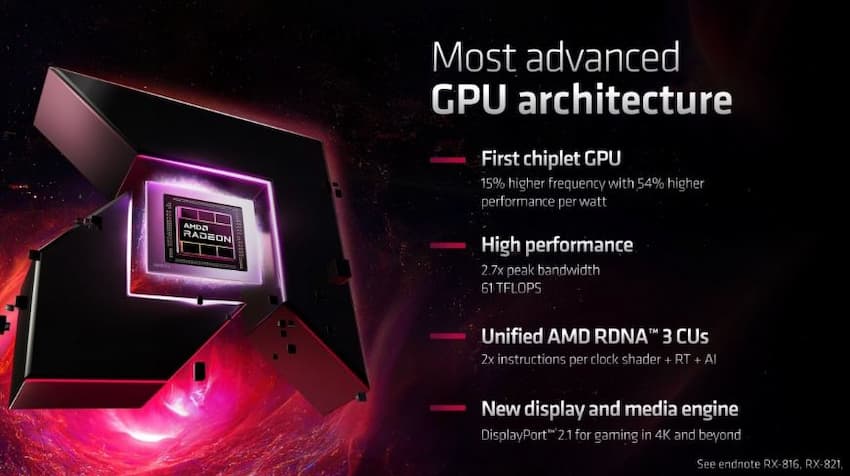 In the world of electronics, the microchip stands as a testament to human ingenuity. Over the decades, as technology has advanced, so has the drive to make these chips smaller, faster, and more efficient. The industry’s relentless pursuit of Moore’s Law, which predicts the doubling of transistors on a microchip approximately every two years, has led to incredible innovations. However, as we approach the physical limits of miniaturization in two dimensions, the industry is setting its sights on a new frontier: the third dimension.
In the world of electronics, the microchip stands as a testament to human ingenuity. Over the decades, as technology has advanced, so has the drive to make these chips smaller, faster, and more efficient. The industry’s relentless pursuit of Moore’s Law, which predicts the doubling of transistors on a microchip approximately every two years, has led to incredible innovations. However, as we approach the physical limits of miniaturization in two dimensions, the industry is setting its sights on a new frontier: the third dimension.
The Limitations of 2D Scaling
Traditionally, chip companies have focused on increasing transistor density by scaling down chip features in two dimensions. This process, known as 2D scaling, has been the bedrock of semiconductor advancements for decades. But as we approach the atomic scale, further miniaturization in 2D becomes challenging, if not impossible. Quantum effects, heat dissipation issues, and manufacturing complexities are just a few of the hurdles that arise.
The Rise of 3D Chip Design
To circumvent the limitations of 2D scaling, the industry is exploring 3D chip design. This involves stacking chips on top of each other, effectively multiplying the computing power without increasing the footprint. Known as 3D stacking, this technique allows for shorter data paths, reduced power consumption, and increased performance.
But the innovation doesn’t stop there. Companies are now working on building transistors on top of each other within these stacked chips. This approach, while challenging, promises even greater density and efficiency.
ALSO READ: The Challenges of Monetizing AI: Big Tech’s Struggle with Profits
2D Semiconductors in 3D Circuits
An exciting development in this space is the integration of 2D semiconductors, such as molybdenum disulfide, in 3D circuits. These 2D materials, often just a few atoms thick, possess unique electronic properties that traditional 3D materials don’t offer. By leveraging these 2D semiconductors in 3D designs, chipmakers can achieve even greater performance and efficiency gains.
Implications for the Tech Industry
The shift from 2D to 3D chip design has profound implications for the tech industry. Devices can become more powerful without increasing in size, paving the way for innovations in fields ranging from artificial intelligence to quantum computing. Moreover, as 3D designs become more prevalent, we can expect a reduction in the energy consumption of electronic devices, contributing to a more sustainable tech ecosystem.
Challenges Ahead
While the potential of 3D chip design is immense, it’s not without challenges. Manufacturing complexities, heat management in stacked designs, and the integration of different materials are all issues that need addressing. However, with the pace of innovation in the semiconductor industry, solutions to these challenges are on the horizon.
Conclusion
The evolution from 2D transistors to 3D chip innovations represents a paradigm shift in semiconductor design. As we stand on the cusp of this new era, the promise of more powerful, efficient, and sustainable electronic devices beckons. The journey ahead is filled with challenges, but with challenge comes opportunity. And in the world of microchips, the opportunity is nothing short of revolutionary.
Found this interesting? Share!























 and then
and then